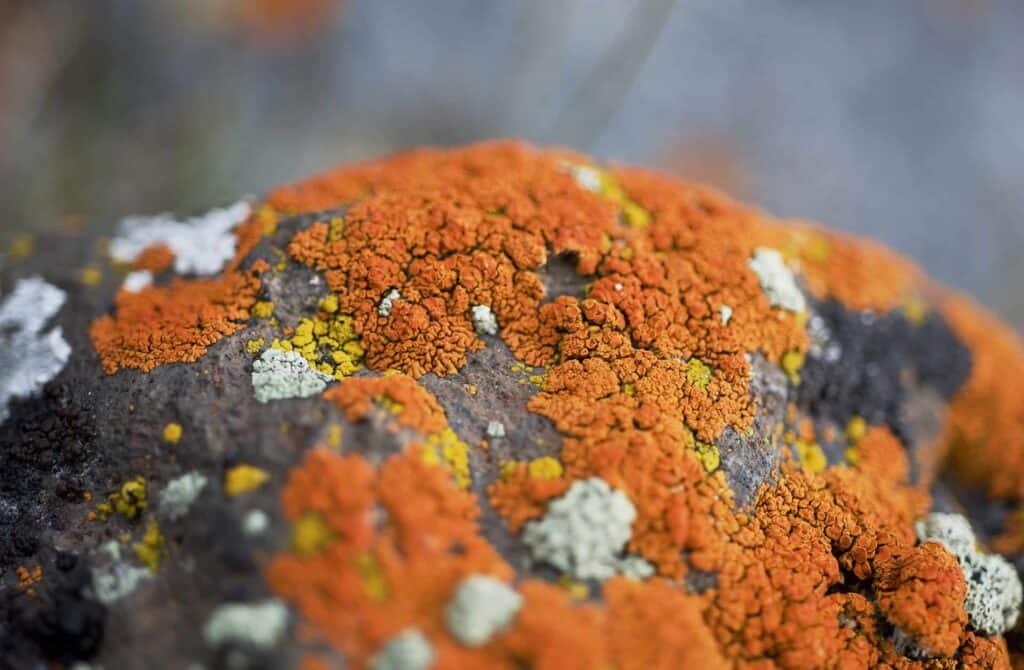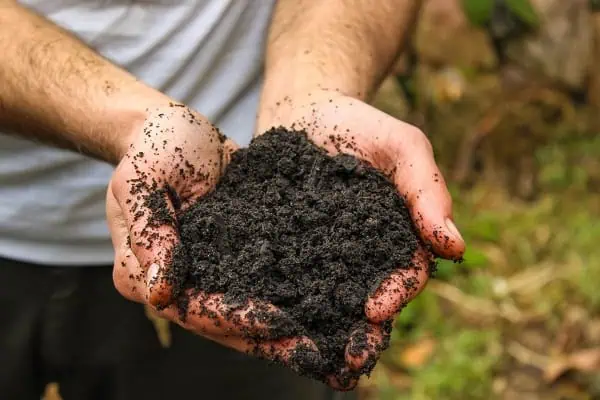
Endless forests stand as the majestic backdrop to much of the Yukon, but by looking down, you can see a much more alien and strange forest—one made up of lichens. Look closely at a patch of lichen and you will see that it is abundant with diversity, with cup-shaped projections, red-tipped pillars and crusts on rock surfaces, in unusual patterns. A close look at the lichens reveals micro-landscapes that would feel more familiar in a science-fiction movie than in our backyards.
Lichens are of the most sophisticated and abundant living things on Earth, yet they are often overlooked and are relegated to little more than a forest-floor carpet. Lichens are so numerous that they cover 7 per cent of the Earth’s surface and are found on every single continent. Although we, here in the Yukon, are familiar with the tundra and mountaintop lichens, there are species that live in tropical rainforests and in deserts. Furthermore, they inhabit spaces that are inhospitable to all other lifeforms, and without them many ecosystems in the High Arctic and Antarctic would not exist.
In school you may have learned that lichens are not a single species, such as a plant or a mushroom, but rather two species cooperating in symbiosis. For 140 years, Western science described lichens as a fungi and an algae cooperating to survive in locations where neither, alone, could survive. The fungi provide a rigid skeleton for the algae to grow and live within; and the algae, through photosynthesis, produce sugars that are shared with the fungi. These partnerships have been ongoing for so long (millions of years) that the singular entity of the lichen can reproduce and we have identified 18,000 distinct forms of lichens.
In 2016, this two-member symbiosis was proven to be only part of the story. The shift in understanding occurred when Western scientists were struggling to scientifically classify horsehair lichen (Bryoria fremontii). Salish Peoples and other Indigenous Peoples, across Canada, harvest horsehair lichens as a food source. The Salish had identified that a similar but yellow-tinged horsehair lichen was distinct and toxic. Based on genetic analysis, Western scientists classified both the edible and toxic lichen as the same thing. But, how could that be? When looking at the two lichens, they are noticeably distinct, and the presence of toxic vulpinic acid in one is unmistakable. It was this failure of Western science to account for these differences that led to significant revelation.
In 2016, Dr. Toby Spribille and his team (now at the University of Alberta) tried to answer this question of why these two horsehair lichens are so different. The results of that research were the cover story in the journal Science, one of the most-prestigious scientific publications. By using high-tech microscopic genetic tagging of the lichen cells, they found that the lichen was not composed of two symbiotic members but that there was a third member. What they found was a yeast species that was fully integrated into the lichen. In the case of the horsehair lichen, it was the yeast that was producing both the yellow colouration and the toxic vulpinic acid. What we learned is that the composition of the third symbiotic member of the lichen had the potential to completely change its form and characteristics. This means that lichens are not just two distinct species working in concert with one another but that they are composed of more complex, multifaceted relationships. Using the research technique developed by Dr. Spribille, other researchers have found that it’s not always just a three-member symbiosis but there are lichens with four or five-member species. This means that the 18,000 known lichens are actually 18,000 distinct cooperative communities.
When you look at lichen, it’s hard to imagine that it is a community of species that forms this single, recognizable individual, and it’s even harder to comprehend that they reproduce as a collective, as well. It is staggering to imagine lichens as a product of millions of years of cooperation and shared evolution. This organization of life challenges Western-held notions of what it means to be an individual. Where does one draw the line about where an individual begins? This collective organization strains our desire to put each organism into discrete boxes where we can say it is clearly this or that. In reality, we are constantly learning that life is much murkier and that the lines of what makes an individual are far more blurry.
For us humans, there is a direct parallel in our gut microbiome (the bacteria in our digestive system). In each person, there are about an equal number of bacterial cells compared to human ones, yet we define ourselves as individuals rather than as symbiotic collectives (akin to lichens). Similar to lichens, our gut bacteria have evolved with us—we rely on them for digestion and even for making key neurotransmitters. In fact, 90 per cent of serotonin (the chemical that regulates our satisfaction, happiness and optimism) is made by our gut bacteria. Furthermore, our body can identify which bacteria are beneficial and which are harmful.
So, next time you are walking in the alpine, among swaths of lichens, take a moment to look down and marvel at the strange forest under your feet. Perhaps by taking the time to appreciate lichens, we can learn some wisdom about what it means to be a community.




